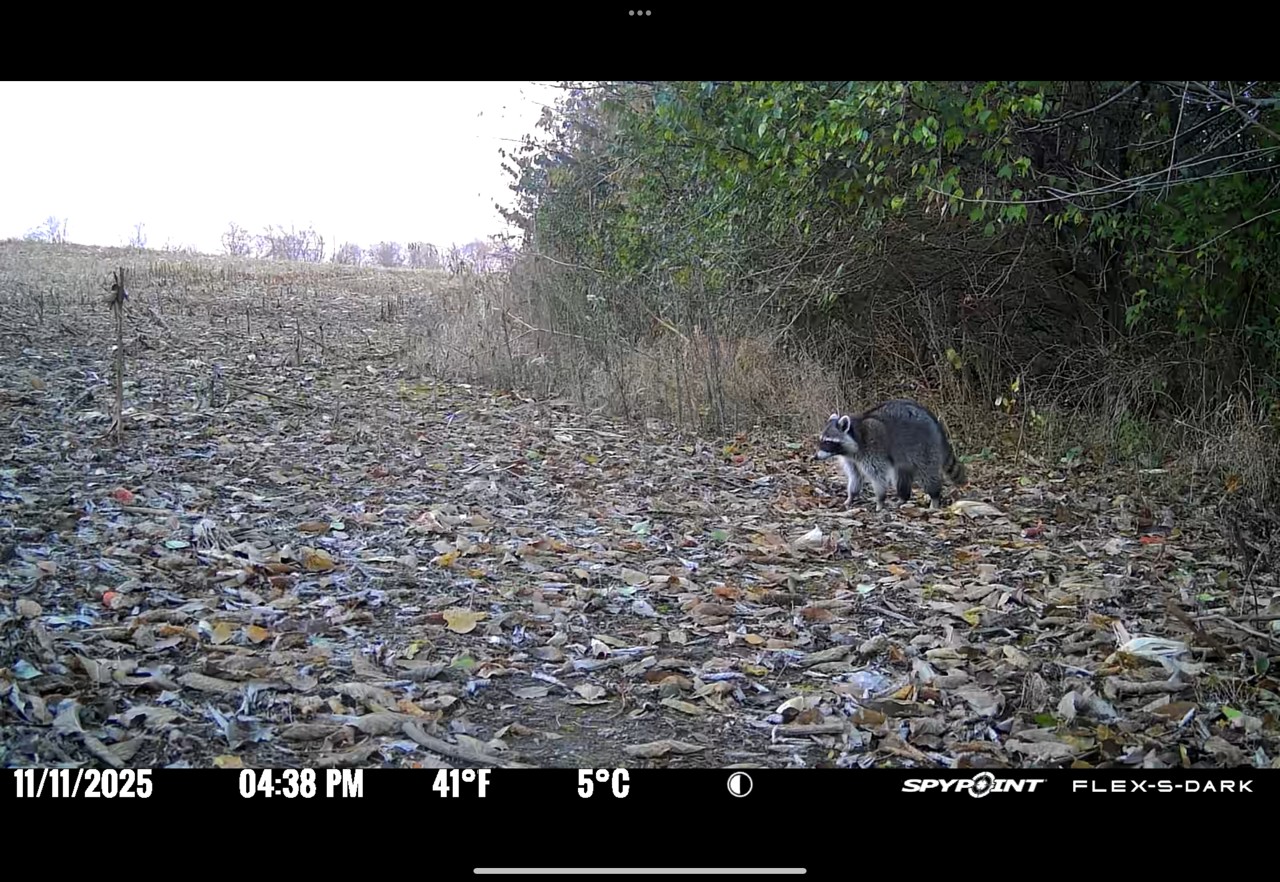
Lots of hunters, new and experienced, ask questions about the best way to set up their cellular trail cameras. Basic trail camera best practices apply, but the cellular aspect adds other important factors that need to be considered as well. For those using a SPYPOINT FLEX series camera, getting your camera going in the woods has gotten just a little bit easier. Here’s how to take advantage of the easy-to-setup features of your new cellular trail camera.
How to Find a Reliable Signal: Dual-SIM technology
Finding a signal that can be trusted to let your camera communicate and transmit photos and videos is the crucial first step in cellular camera setup. Without achieving this, nothing else is going to matter much. Luckily, the Dual-SIM configuration of a FLEX series camera will connect to whichever network provides the best coverage in the area, without you having to do anything.
Secondly, the optimized antennas on the FLEX series of cameras aren’t just a cosmetic change. They're doing the real heavy lifting when it comes to staying connected to the network. The LED display on the camera makes it easier than ever to see your signal quality so you know your camera is positioned to get reliable access to the cellular network. As always, we recommend the display read at least three bars to be truly happy with camera placement. If you can’t do that where you start, try moving just a tree or two over. You’ll be surprised how much signal strength can vary in that small of an area.
Formatting your MicroSD Card: Right in the Camera
We’ve all had it happen. We’re so excited to get a new camera to the woods, we forget to bring an SD card at all. Maybe we lucked out and brought a card, but we forgot to format it before we got to the woods. Unless you brought a laptop with you, you might be out of luck, or at least playing a game of chance that the SD card will be working properly.
This isn't a problem with the FLEX series of cameras. The format button on a FLEX camera will format the MicroSD card right in the camera, with no other equipment needed. As a warning, you do want to remember that you can’t push that button any time, because the last thing you want is to accidentally format the MicroSD card and lose all your photos.

For the format button to actually format the card, the format button has to be pressed and held for five seconds right after the power has been turned on, and while the status LED is blinking green. Once the green delay light begins to flash, it’s too late. If you need to format your card, you need to do it as soon as you turn the camera on.
Formatting the card in the camera will also unlock another great feature of the FLEX series. Most cellular trail cameras can’t take photos while they are transmitting. So, if a deer triggers the camera during your scheduled transmission time, or if you have it set on each detection, the camera won’t take a photo until the transmission is completed. However, when you format directly in a SPYPOINT FLEX series camera, it establishes a protocol in the card that lets the camera add new photos to the card, even while photos from other parts of the card are being transmitted.
Testing Your Camera: At the Click of a Button
Ideally, you tested the camera from home as soon as you activated it to make sure it was working. Once you get to the woods, it’s always a good idea to hang around in front of your camera for a few minutes to verify that you are triggering the camera and it is transmitting photos to the app. With a FLEX camera, it’s as easy as the push of a button.

The addition of the test button to the camera user interface means you can press the button and the camera will take a photo and send it right away. You can open the app and make sure that it shows up in your gallery to know that your camera and the transmission function are working as they should.
Ongoing Maintenance: Remote Firmware Updates
Just like your phone needs to update to perform at its best, so does your cellular trail camera. Of course, it’s a step that we too often forget, or remember at inopportune times.
A SPYPOINT FLEX series camera will allow you to update firmware from the app, so you don’t have to visit the camera or load firmware onto an SD card to make the upgrade. When new firmware is available for your FLEX series camera you will see that an update is ready in the app. If your camera has enough battery life and the signal in the area where you have installed it is strong enough, you can authorize the firmware update to take place remotely.
The goal of the SPYPOINT FLEX series is simple. We want to build a cellular trail camera that is easier to deploy, manage, and use than any other cellular trail cameras on the market. With features like easy-to-use format and test buttons, incredibly powerful Dual-SIM configuration, optimized antenna, and easy camera updates, we think we’ve done exactly that.



